| 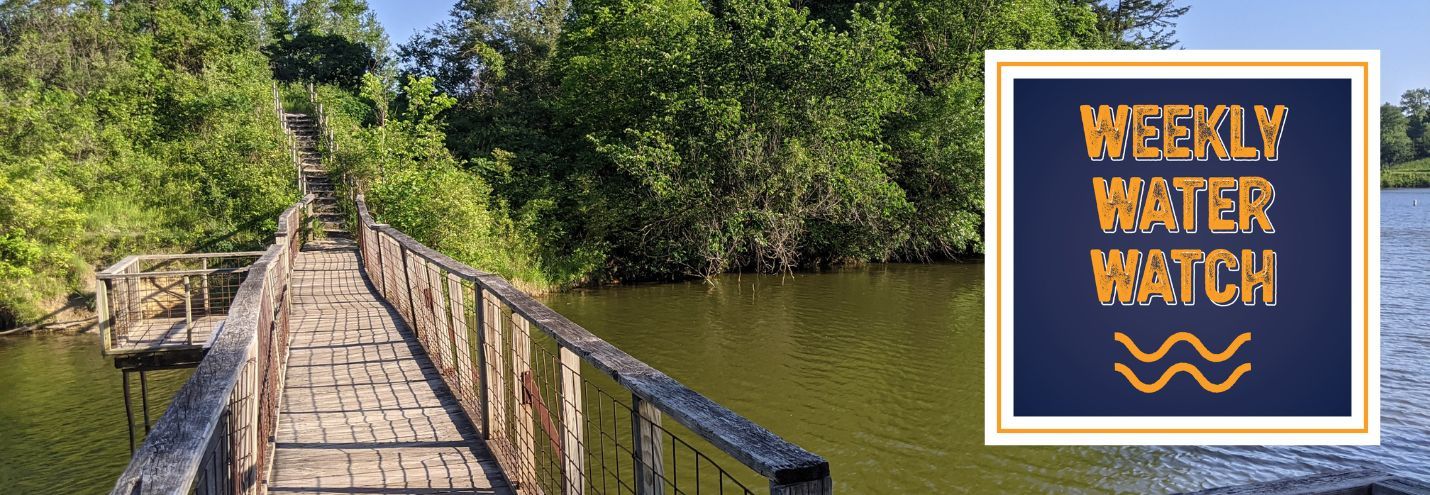 | | 13 Beaches with an E. coli Advisory:
Backbone Beach (Dundee, Delaware County, IA)*
Beed’s Lake Beach (Hampton, Franklin County, IA)*
Denison Beach (Black Hawk Lake, Lake View, Sac County, IA)*
Emerson Bay Beach (West Okoboji Lake, Milford, Dickinson County, IA)*
George Wyth Beach (Waterloo, Black Hawk County, IA)*
Lake Ahquabi Beach (Indianola, Warren County, IA)*
Lake Darling Beach (Brighton, Washington County, IA)*
Lake of Three Fires Beach (Bedford, Taylor County, IA)*
Lewis and Clark Beach (Blue Lake, Onawa, Monona County, IA)*
Nine Eagles Beach (Davis City, Decatur County, IA)*
Pleasant Creek Lake Beach (Palo, Linn County, IA)*
Sugar Bottom Campground Beach (Coralville Lake, Coralville, Johnson County, IA)**
Union Grove Beach (Gladbrook, Tama County, IA)* 2 Beaches with a Microcystin Advisory:
Lake Darling Beach (Brighton, Washington County, IA)*
Rock Creek Beach (Kellogg, Jasper County, IA)* 6 City and County Beach exceed the state’s advisory threshold for E. coli.*
View the map on our website to see where it is. Note: Lake Keomah has been completely drained for lake renovations activities and the beach is closed for the remainder of the season. Oak Grove Beach at Saylorville Lake remains closed due to flooding. *Data from the Iowa DNR State Park Beach Monitoring Program
**Data from the U.S. Army Corps of Engineers, Rock Island District |
| SRF Spotlight: Council Bluff's Community Projects |
| The State Revolving Fund (SRF) is one of Iowa’s primary resources for financing drinking water infrastructure and water quality improvement projects. Between the Clean Water Loan Program and Drinking Water Loan Program, communities, watershed groups, and public water systems can access low-interest loans to finance projects that range from wastewater treatment to drinking water treatment upgrades, stormwater management, source water protection, and more. One community that has taken advantage of SRF financing is Council Bluffs, Iowa. Council Bluffs has financed several projects over the past two decades to improve and protect drinking water quality. The largest project was for a new treatment plant on the south side of town. Council Bluffs Water Works (CBWW) applied for SRF financing for the project beginning in 2007. New wells were drilled, and the treatment plant was constructed and brought online in 2010. With additional assistance from the American Recovery Act, CBWW was able to complete the project with an SRF loan of $10.4 million. Council Bluffs has also utilized SRF to complete a water main project through the West Broadway city corridor and to purchase property around their wellheads to protect the wells and quality of the source water. Currently, Council Bluffs is working with Iowa SRF on lead service line replacement. One of the goals of the Bipartisan Infrastructure Law (BIL) was to provide funding to replace lead service lines across the nation. Additional funding was provided to SRFs from the BIL for lead service line replacement. Iowa SRF received $44.9 million in FY 2022, $29.3 million in FY 2023, and $30 million most recently for FY 2024 for lead service line replacement through the BIL. Iowa SRF is providing the loans at 0% interest for lead service line replacement. According to CEO and General Manager Brian Cady, CBWW benefits from a relatively good LSL inventory. As far back as the 1880s, pipe installers in Council Bluffs began keeping records of the type of service line they were installing. Lead lines or later copper lines were used for the piping that the Water Works owns, which is between the curb stop at the property line and the water main. Homeowners own the line between the curb stop and the home, which typically does not contain lead in Council Bluffs. However, according to the current LCRR regulations, any remaining lead pipe, and any galvanized pipe that has ever been downstream of lead pipe will require replacing. |
| |
|
| |  | | 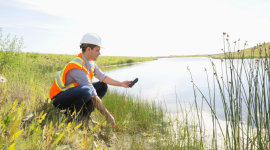 | DNR's E. coli Factsheet In advance of summer beach advisories, Iowa's Department of Natural Resources (DNR) published a new factsheet to investigate indicator bacteria and pathogens on public beaches. The factsheet breaks down the differences between coliform in waterways, harmful fecal coliform, E. coli, pathogenic E. coli, and naturalized E. coli. The DNR has monitored Iowa's public beaches since 2014 in a multi-year study investigating the connecting between timing and magnitude of E. coli contamination. In this study, the DNR discovered the following: - E. coli concentrations are significantly higher in the swimming beach area than anywhere else in the associated lake environment. The study also showed that the timing and magnitude of concentration spikes in the beach area were unrelated to watershed delivery and concentration increases in other areas of the lake system.
- Sampling of sand from multiple beach systems during this effort have consistently shown that these sands contain E. coli at concentrations hundreds to tens of thousands of times higher than the adjacent swimming waters.
- This finding indicates that the near shore beach sand in the recreational area is likely a major source of E. coli contamination to the swimming water area.
Learn more about bacteria on Iowa's beaches, the DNR's investigations, and plans to expand the study on their factsheet. |
|
|
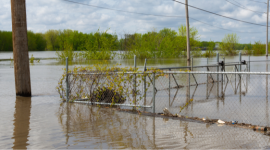 | Upper Mississippi River Flooding Offers Relief to the South As Iowa finally recovered from prolonged drought, flooding in the upper Mississippi River made its way to the South. In southern states, the lower Mississippi River has experienced the uncharacteristically low water levels for two years straight. Flooding in the Midwest, coupled with increased rainfall from Hurricane Beyrl, will keep the Mississippi River's water levels elevated. Much of the floodwaters will also absorb in the riverbanks, flow to other tributaries, and evaporate as much of the U.S. continues to suffer from heat waves. The influx of water from the upper Mississippi River into the south will also help quell saltwater intrusion. This helps safeguard drinking water for residents in southern Louisiana. The elevated water levels will also keep invasive algae from creeping into the Mississippi. However, runoff from Midwestern farm fields, including fertilizers like nitrogen and phosphorus, will continue to build harmful algal blooms in the Gulf. According to Colin Wellenkamp, a representative of the Mississippi River Cities and Towns Initiative, algal blooms will "continue to worsen over time, regardless of flood and drought". Read the entire article from Delaney Dryfoos and Phillip Powell on The Lens' website. | |
|
|
 | Supporting Small Water Systems Small and rural water systems service the vast majority of Iowa's population. Small water systems as defined as serving less that 10,000 people each. Given that roughly 90 percent of an average water utility's revenue comes from ratepayers, this can inherently limit their funding structures, maintenance and repairs, and expansion that is needed routinely. For financial assistance, many small water systems utilize the state's Clean Water State Revolving Fund (CWSRF) and Drinking Water State Revolving Funds (DWSRF), which have been expanded by the Infrastructure Investment and Jobs Act (IIJA). Additionally, the IIJA finances programs designated to assist small public water systems, including $50 million for operational sustainability of small public water systems and $5 billion for the Water Infrastructure Improvements for the Nation (WIIN) grant program. The WIIN program provides competitive grants to states, territories, and Tribal nations to address concerns with their small water system utility. This includes efforts to meet Safe Drinking Water Act (SDWA) regulations, addressing issues with transmission and distribution, and even aid with the creation of new water systems in small and underserved water systems. Create a free account on the Water Program Portal to learn more about recent programs to assist small public water systems working to address current and future needs. |
|
|
| | 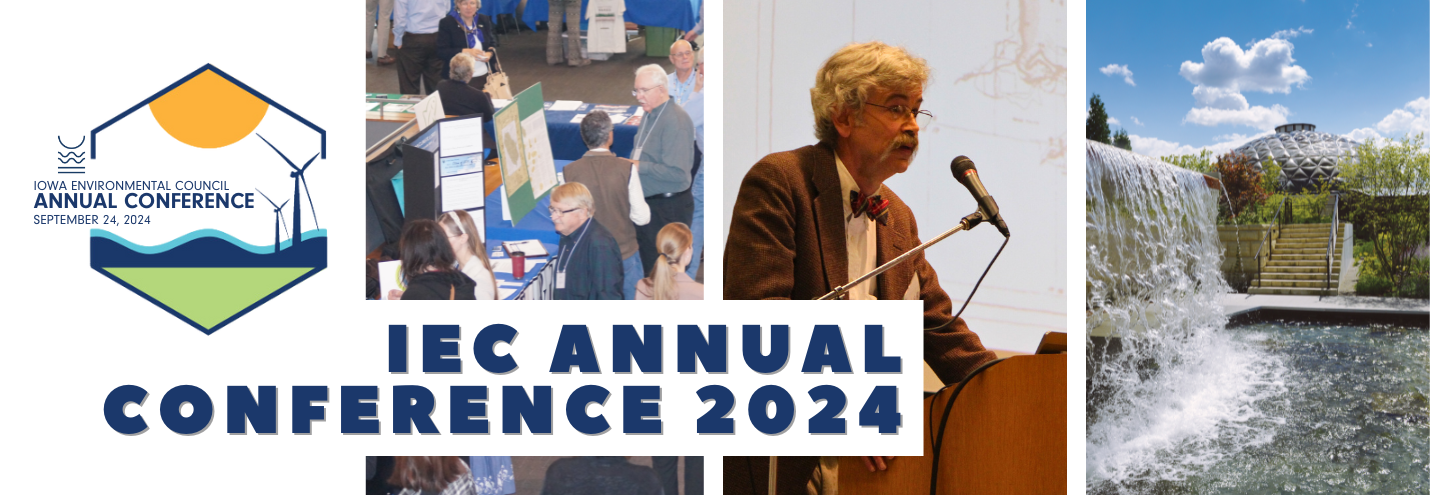 | | What's new in Iowa's water news: |
|
|
| | | 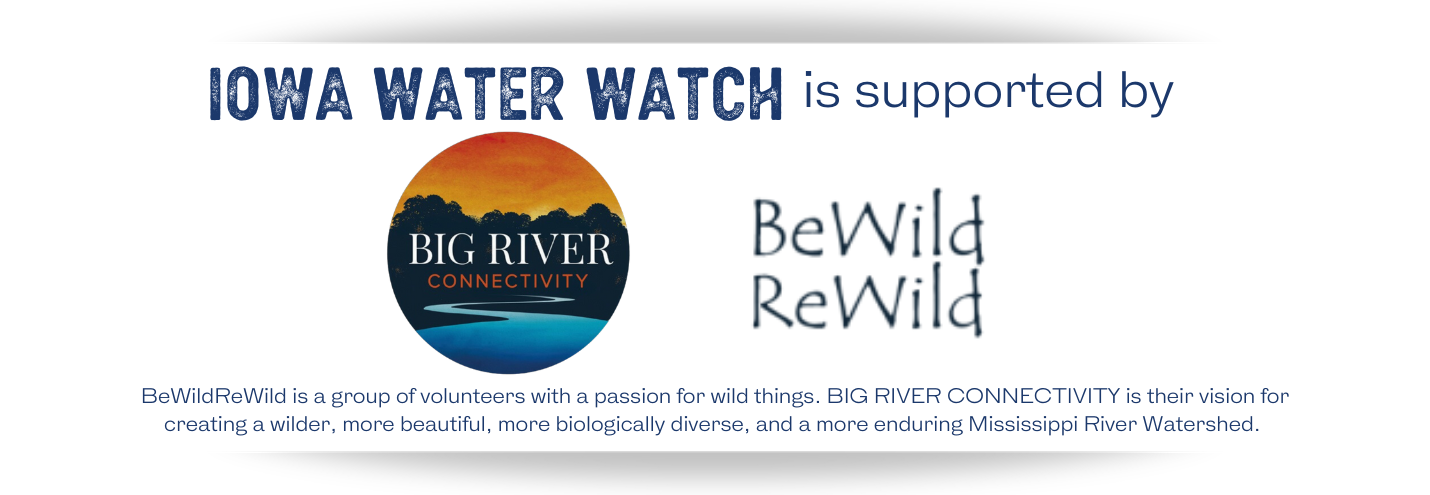 | | | Iowa Environmental Council
505 Fifth Ave., Suite 850
Des Moines, Iowa 50309-2317
515-244-1194 | iecmail@iaenvironment.org |
|
|
|
|
|